Korea National University of Arts
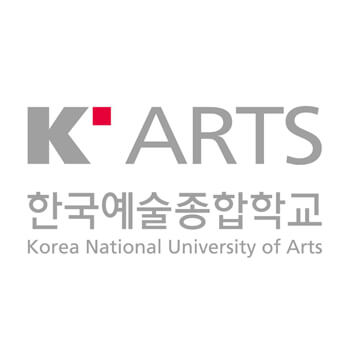
Founded: 1991
Address: 146-37 Hwarang-ro 32-gil - Seoul, South Korea
Phone: +82 2 7469073
Address: 146-37 Hwarang-ro 32-gil - Seoul, South Korea
Phone: +82 2 7469073
Here you find out Korea National University of Arts complete information about fees, location, degree Korea National University of Arts offers, number, website, and much more. Korea National University of Arts is a leading university in Seoul - South Korea.
You can also find out jobs at Korea National University of Arts for students, teachers, and professors. We also update the database for an internship at Korea National University of Arts for students.
Korea National University of Arts (K-Arts) has served as home to prominent Korean artists inspiring their creativity. It has also been fulfilling its mission of fostering and aspiring young artists blessed with great passion and potentials. Despite its short history, K-Arts has accomplished remarkable achievements, demonstrating great enthusiasm based on its conviction in the importance of art ...education. Creating such a university is like planting the seed of a magnificent tree that will take firm root to nourish the world.
K-Arts will nurture an optimum educational environment in which professors teach with unparalleled capabilities and passion and students exhibit their potential to the full. By doing so, K-Arts will create a fertile breeding ground tailored to the needs of each individual student, thereby helping each of them realize their goals and ideals as internationally recognized professional artists.
An equally significant mandate of this institution is to provide students with chances to better appreciate the public benefits of the arts by expanding bilateral exchanges with prestigious universities across the world and encouraging them to participate in global volunteer programs. These programs will help our student stand tall in the international arena.
Art education has developed with a complementary relationship between art universities and art schools in the form of conservatories. Art universities focus on studying art in the academic field, and art schools have fostered professional artists through apprentice education since the middle ages.
However, art education in Korea has recently produced only average artists through a course which does not distinguish scholars, instructors, or artists. Without adapting methods of traditional art education, there has been a shortage of professional artists that all societies require. Young people who would like to become professional artists have instead left the country to find more systemized and high-quality educational institutions abroad.
The self-reflection and self-awareness of the state of our art education has led to a movement that a national art school should be established to foster professional artists. These social requests have determined that the school should be equipped with a fresh educational method, a world-renowned faculty, and excellent educational facilities in order to become a professionally practical educational institution. Therefore, the Ministry of Culture and Tourism established the Korea National University of Arts, which professionally educates across six areas of art: music, drama, film & multimedia, theatre, film, dance, art, and traditional art. This university is the first in the nation to meet the wishes of the world of art and education.
Comparable to the Korean school system, which has steps from elementary, middle, and high school up to the university level, foreign school systems are diversified so they have various secondary schools which correspond to different disciplines. Since society has become increasingly professional, art education institutions have also accelerated professionalization and have been established and operated along each different area of study.
Korea National University of Arts consists of the School of Music, School of Drama, School of Dance, School of Visual Arts, School of Film, TV & Multimedia, and the School of Korean Traditional Arts. Each school functions as an independent educational institution, like the schools mentioned above. Although these six schools are professional, independent institutions, they actively interact to improve their level of professionalism across the world of art.
In terms of the goals and content of education, an art school and art department at the university serve two distinct purposes. The former offers a professional education to promote the capability of practice and production for professional creative artists; the latter offers education for studying arts in the academic field.
What separates Korea National University of Arts from other common art universities is its educational goals and curriculum, which aim specifically to professionally educate artists in the creation of fine arts in their respective fields.
Therefore, each curriculum is designed to improve students’ production capability within their major. To achieve this, all classes are structured so as to promote students’ voluntary will to learn. Teaching through rote memorization is rejected as often as possible and classes are operated through a combination of one-on-one lessons, group discussion, workshops, group production, and practice in the field.
The credit and graduation system are designed utilizing the concept of supremacy enhancement: the nurturing and acceleration of talented students according to their individual levels. The graduation process demands students’ complete dedication and effort. Therefore, students who do not make the effort naturally fail. On the other hand, there are acceleration systems such as the ability completion or early graduation system for advanced and exceptional students to be placed and rewarded accordingly.
To become an artist, one must be talented and prepared to devote his or her life to the study of and creation of art. In line with this philosophy, Korea National University of Arts selects students who meet the qualifications above in a unique manner. Since it values performance, the admission selection focuses on assessing present capability and latent potential in prospective students. In order to achieve this, the admissions process considers grades on the performance test as well as high school grade point average. The admission test consists mainly of a performance test according to the department and major, as well as an aptitude test, written examination and oral examination to assess the student’s capability synthetically.
You can also find out jobs at Korea National University of Arts for students, teachers, and professors. We also update the database for an internship at Korea National University of Arts for students.
Korea National University of Arts (K-Arts) has served as home to prominent Korean artists inspiring their creativity. It has also been fulfilling its mission of fostering and aspiring young artists blessed with great passion and potentials. Despite its short history, K-Arts has accomplished remarkable achievements, demonstrating great enthusiasm based on its conviction in the importance of art ...education. Creating such a university is like planting the seed of a magnificent tree that will take firm root to nourish the world.
K-Arts will nurture an optimum educational environment in which professors teach with unparalleled capabilities and passion and students exhibit their potential to the full. By doing so, K-Arts will create a fertile breeding ground tailored to the needs of each individual student, thereby helping each of them realize their goals and ideals as internationally recognized professional artists.
An equally significant mandate of this institution is to provide students with chances to better appreciate the public benefits of the arts by expanding bilateral exchanges with prestigious universities across the world and encouraging them to participate in global volunteer programs. These programs will help our student stand tall in the international arena.
Art education has developed with a complementary relationship between art universities and art schools in the form of conservatories. Art universities focus on studying art in the academic field, and art schools have fostered professional artists through apprentice education since the middle ages.
However, art education in Korea has recently produced only average artists through a course which does not distinguish scholars, instructors, or artists. Without adapting methods of traditional art education, there has been a shortage of professional artists that all societies require. Young people who would like to become professional artists have instead left the country to find more systemized and high-quality educational institutions abroad.
The self-reflection and self-awareness of the state of our art education has led to a movement that a national art school should be established to foster professional artists. These social requests have determined that the school should be equipped with a fresh educational method, a world-renowned faculty, and excellent educational facilities in order to become a professionally practical educational institution. Therefore, the Ministry of Culture and Tourism established the Korea National University of Arts, which professionally educates across six areas of art: music, drama, film & multimedia, theatre, film, dance, art, and traditional art. This university is the first in the nation to meet the wishes of the world of art and education.
Comparable to the Korean school system, which has steps from elementary, middle, and high school up to the university level, foreign school systems are diversified so they have various secondary schools which correspond to different disciplines. Since society has become increasingly professional, art education institutions have also accelerated professionalization and have been established and operated along each different area of study.
Korea National University of Arts consists of the School of Music, School of Drama, School of Dance, School of Visual Arts, School of Film, TV & Multimedia, and the School of Korean Traditional Arts. Each school functions as an independent educational institution, like the schools mentioned above. Although these six schools are professional, independent institutions, they actively interact to improve their level of professionalism across the world of art.
In terms of the goals and content of education, an art school and art department at the university serve two distinct purposes. The former offers a professional education to promote the capability of practice and production for professional creative artists; the latter offers education for studying arts in the academic field.
What separates Korea National University of Arts from other common art universities is its educational goals and curriculum, which aim specifically to professionally educate artists in the creation of fine arts in their respective fields.
Therefore, each curriculum is designed to improve students’ production capability within their major. To achieve this, all classes are structured so as to promote students’ voluntary will to learn. Teaching through rote memorization is rejected as often as possible and classes are operated through a combination of one-on-one lessons, group discussion, workshops, group production, and practice in the field.
The credit and graduation system are designed utilizing the concept of supremacy enhancement: the nurturing and acceleration of talented students according to their individual levels. The graduation process demands students’ complete dedication and effort. Therefore, students who do not make the effort naturally fail. On the other hand, there are acceleration systems such as the ability completion or early graduation system for advanced and exceptional students to be placed and rewarded accordingly.
To become an artist, one must be talented and prepared to devote his or her life to the study of and creation of art. In line with this philosophy, Korea National University of Arts selects students who meet the qualifications above in a unique manner. Since it values performance, the admission selection focuses on assessing present capability and latent potential in prospective students. In order to achieve this, the admissions process considers grades on the performance test as well as high school grade point average. The admission test consists mainly of a performance test according to the department and major, as well as an aptitude test, written examination and oral examination to assess the student’s capability synthetically.
Read More
Details:
LeaderShip: President: Kim Bongryol
Fees:
Time:
Phone Number: +82 2 7469073
City: Seoul
Fees:
Time:
Phone Number: +82 2 7469073
City: Seoul
Timing:
Country: South Korea
Staff:
Website: http://www.karts.ac.kr
Country: South Korea
Staff:
Website: http://www.karts.ac.kr
Subjects:
Jobs in Korea National University of Arts
Currently, there is no job opening in Korea National University of Arts as per our database.


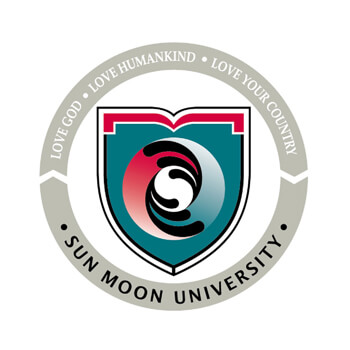
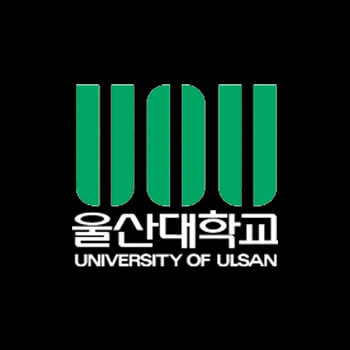


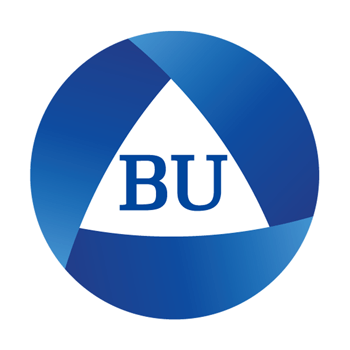
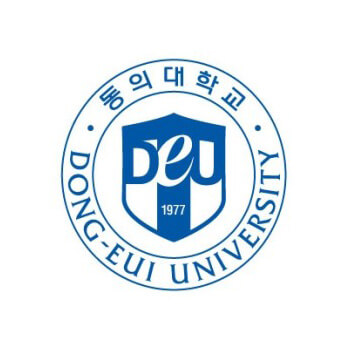
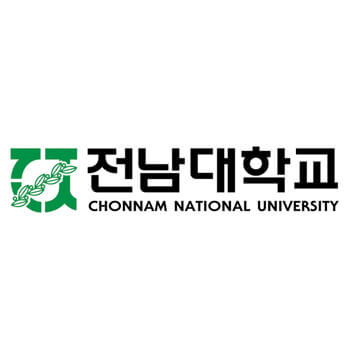










Leave a Reply